HOSTS- Jeremy Burns, Matthew Scott Phillips
TYPE- Theory
DURATION- 51:22
BUMPER MUSIC- "The Spaces Between" (Area 47 Music)
ANNOUNCER- Mike Cunliffe
Just in case we haven't said everything we need to say about intervals, it's time we said a little more! We will have a quick recap on the basic intervals followed by an extended discussion on other interval related topics, such as: compound intervals and the recognition thereof, enharmonic naming, harmonic tendencies and much more.
BASIC INTERVALS RECAP
NOTE: REFER BACK TO EPISODES 9 AND 10 FOR A DETAILED DISCUSSION ON BASIC INTERVALS
UNISON
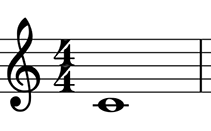
MINOR 2nd | MAJOR 2nd
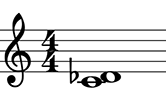

MINOR 3rd | MAJOR 3rd


PERFECT 4th
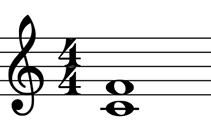
TRITONE
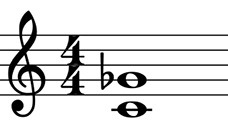
PERFECT 5th
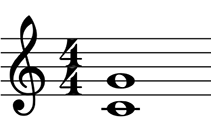
MINOR 6th | MAJOR 6th
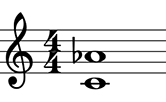

MINOR 7th | MAJOR 7th

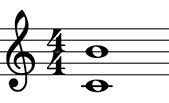
PERFECT 8th
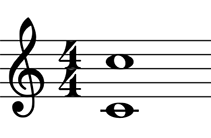
COMPOUND INTERVALS
NOTE: BECAUSE WE'VE ALREADY RECOGNIZED THE OCTAVE AS THE COMPOUND INTERVAL OF THE UNISION, WE WILL BEGIN THE FOLLOWING EXAMPLES WITH THE INTERVAL THAT FOLLOWS
THE OCTAVE (THE MINOR 9TH).
MINOR 9th | MAJOR 9th
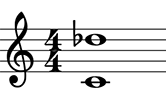
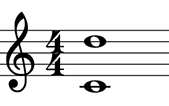
MINOR 10th | MAJOR 10th


PERFECT 11th
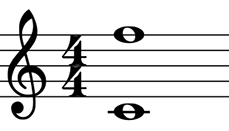
AUGMENTED 11th / DIMINISHED 12th
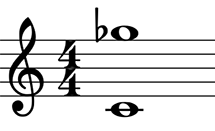
PERFECT 12th
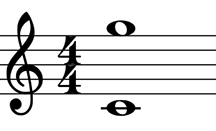
MINOR 13th | MAJOR 13th
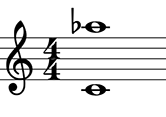

MINOR 14th | MAJOR 14th
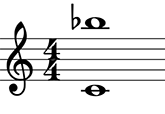
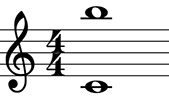
PERFECT 15th
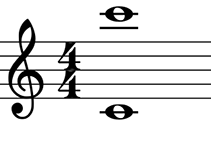
INTERVAL TENDANCIES
m2 and M2- Typically "wants" to resolve down to 1.
m3 and M3- Fairly stable but can be often heard walking down the scale to 1.
P4- Will gererally move down to 3.
TT- Depending on the context, this one is a wild card.
P5- Wants to resolve to 1, especially in the bass.
m6 and M6- Typically find a resting place by step (or 1/2) down to 5.
m7- Like the TT, this often depends on the context. In a V7 chord it wants to resolve to the 3rd of the I chord. In minor or mixolydian, though fairly stable, it will resolve up to the 1 of the i chord.
M7- Has a strong desire to resolve up to 1.
ENHARMONIC NAMINGS
When do we use different names for the same note? It really depends on the context but, in general, we stick to the less complicated label. One exception can be seen below, in the A HARMONIC MINOR scale. The SPACE between the F and the G# is truly a MINOR 3rd. However, because this scale is divided into 2nds, it is considered to actually be and AUGMENTED 2nd.

-Sometimes when practicing our intervals, we neglect the extreme registers (very low or very high notes). Try to make them a part of your ear training practice routine.
